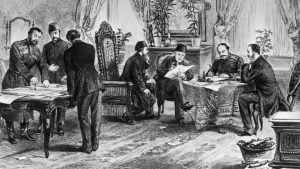
Treaty of San Stefano and its Aftermath
The Eastern Crisis In the summer of 1875 the Christian peasantry of Bosnia and Herzegovina rose in revolt against their Muslim landlords. The revolt dragged
Home » Armenian History » Page 4
Armenian History from ancient times to modern days. Known and Unknown facts about the History of Armenia and Armenian People. Armenian Highland, Western and Eastern Armenia, Armenian culture, religion, kingdoms and principalities, kings and queens, unknown history.

The Eastern Crisis In the summer of 1875 the Christian peasantry of Bosnia and Herzegovina rose in revolt against their Muslim landlords. The revolt dragged
DEMOGRAPHIC CHANGES OF ARMENIAN POPULATION OF GEORGIA (JAVAKHK, THE CITY OF TIFLIS, BORCHALU) AND THEIR POLITICAL CONSEQUENCES (AT 1918-SINCE OUR DAYS) During many decades Georgia

First Armenian Political Parties – Creation of Armenakan Party, Hunchakian Party (Social Democrat Hunchakian Party, HUNCHASKS) and Dashnaktsutiun (Hay Heghapokhakan Dashnaktsutiun, Armenian Revolutionary Federation, ARF,
AKHALKALAK DISTRICT IN THE LAST DECADES OF THE 19TH CENTURY AND IN THE EARLY 20TH CENTURY The Demographic Movements Observed in the Akhalkalak District –

In the initial stage of the war on the Eastern front the German Command organized the headquarters of so-called “Eastern Legions”. On Hitler’s order national
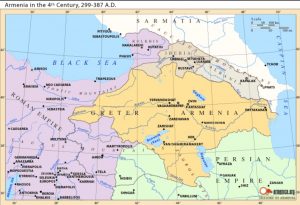
After the death of King Trtad III (Tiridates), the approximately one-century period extending between 331 and 428 A.D. was enormously characterized by an uncommon instability
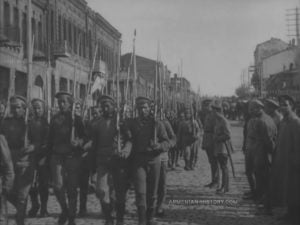
An Armenian military parade in Kars, 1919. In May 1919 Kars came under the full administration of the First Republic of Armenia and became the
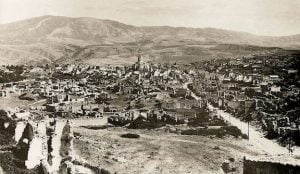
Artsakh – Karabakh in 1918-1920 After collapse (Russia engaged in civil war) of Russian Empire on February 10, 1918 (Treaty of Brest-Litovsk) Turkey restarted its
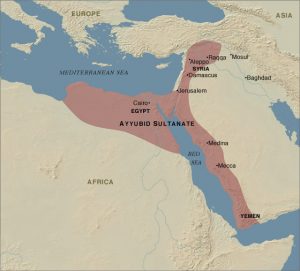
An Armenian woman on the Islamic throne El-Salih-Ayyoub died (in 1249) in the arms of his Armenian wife, who immediately took charge of the military
Number of the Armenian population of Florida (USA) Florida (state) – 25,000 Boca-Raton, FL – 2,400 Orlando, FL – 850
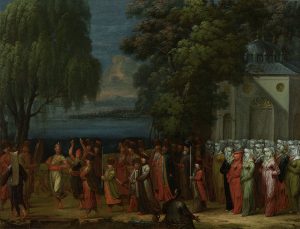
An Armenian wedding procession makes its way to the church. First are the musicians. They are followed by the bridegroom, accompanied by a young man

Armenian Easter – Surb Zatik Armenian Easter is called “Zatik”, which means liberation, salvation as a sign of Jesus’ deliverance from suffering, death and chaos.